Jjukkumiwa Maeungalbijjim(쭈꾸미와매운갈비찜)
1.2Km 2021-04-15
25-1, Mareunnae-ro, 2-gil, Jung-gu, Seoul
+82-2-2266-3208
The favorite store of office workers. The representative menu is braised short rib set menu. This Korean cuisine is located near Chungmuro Station, Seoul.
Songa Myeongga (손가명가)
1.2Km 2021-03-19
13, Dadong-gil, Jung-gu, Seoul
+82-2-777-1013
This Korean cuisine is located near Euljiro 1(il)ga Station, Seoul. It is a popular restaurant for group dinners. The representative menu is pork and kimchi stew.
Daepo Jjimdak - Daehangno Branch (대포찜닭 대학로)
1.2Km 2021-03-19
18, Daehak-ro, 9-gil, Jongno-gu, Seoul
+82-2-742-6669
This is a Korean cuisine located in Daehak-ro, Seoul. The best menu at this restaurant is braised chicken. A restaurant that's popular among college students.
Metro Hotel (메트로호텔)
1.2Km 2021-05-11
14, Myeongdong 9ga-gil, Jung-gu, Seoul
+82-2-752-1112
Metro Hotel is located in the heart of Seoul situated in the middle of Myeongdong. The hotel has a title of being the first tourist hotel in Korea and boasts over 50 years of tradition.
Yonggeumok (용금옥)
1.2Km 2020-06-09
24-2, Dadong-gil, Jung-gu, Seoul
+82-2-777-1689
Yonggeumok's specialized stew includes tofu, fried tofu, spring onion, onion, oyster mushroom, tree ear mushroom, and other condiments added to broth boiled with lamb and its intestines overnight. Pre-cooked loaches are added in the end, creating a spicy yet savory flavor with chewy texture (loaches can be ground upon request). The restaurant serves Gyeongsang-do style, Jeolla-do style and Seoul-style chueo tang (loach stew).
Parque Marronnier (마로니에공원)
1.2Km 2021-07-07
Daehak-ro 104, Jongno-gu, Seúl.
El parque Marronnier tiene en su centro un árbol “marronnier” (castaño de Indias –Aesculus-) simbólico, y en el área se congregan toda clase de centros de eventos culturales al aire libre, exhibiciones de escultura y centros de arte. El área comenzó a desarrollarse en 1975, cuando la Universidad Nacional de Seúl fue trasladada aquí, y unos 50 teatros pequeños y 500 cafés concentrados en el área hicieron a este lugar un sitio de reunión y relajación enormemente querido por los jóvenes y ancianos por igual. El parque se vuelve especialmente concurrido los fines de semana, cuando las multitudes se congregan para compartir los eventos culturales. Las bandas y los cantantes, así como los grupos de baile y los comediantes se reúnen y dan actuaciones in situ. Los adivinos y los artistas callejeros también se hallan aquí y le dicen su fortuna o le dibujan retratos. El parque tiene muchos árboles y bancos para sentarse y relajarse, convirtiéndolo en el lugar ideal para la relajación y los paseos pausados. El parque Marronnier es una parte de Daehangno, la famosa calle conocida como la “meca de las obras”. Además de las obras, aquí hay muchas actuaciones culturales y restaurantes interesantes y cafés que hacen de este lugar el destino habitual de reunión favorito de muchos jóvenes.
Samwon Ilsik (삼원일식)
1.2Km 2021-04-05
32, Mugyo-ro, Jung-gu, Seoul
+82-2-777-3680
This is a Japanese cuisine located in Cheonggyecheon Stream, Seoul. This restaurant is one of Mugyo-dong's best kept secrets. The best menu at this restaurant is codfish stew.
Dondwaeji (돈돼지)
1.2Km 2021-03-22
15, Myeongdong, 9-gil, Jung-gu, Seoul
+82-2-776-3301
A restaurant famous among not only Koreans but also foreign tourists. This restaurant's signature menu is grilled strip loin. This Korean dishes restaurant is located in Jung-gu, Seoul.
Jingogae (진고개)
1.2Km 2021-03-29
19-1, Chungmu-ro, Jung-gu, Seoul
+82-2-2267-0955
Located in Chungmuro, Jingogae (진고개) has been in business for 40 years and by word-of-mouth has become well-known for its traditional food. The most famous dishes are the bossam kimchi (rolled kimchi), galbijjim (steamed ribs), and gaejang jeongsik (seasoned raw crab).
All dishes are made using traditional cooking methods and the restaurant's menu is full of many nostalgic foods, making this a great restaurant option for international visitors hoping to experience the true flavors of Korean cuisine.
Museo Nacional de la Historia Contemporánea de Corea (대한민국역사박물관)
1.2Km 2023-02-22
Sejong-daero 198, Jongno-gu, Seúl
El Museo Nacional de la Historia Contemporánea de Corea es el primer museo del país en presentar la historia completa de Corea del siglo XIX hasta la actualidad. El museo abrió el 26 de diciembre de 2012 y tiene como objetivo educar, instruir y enseñar al público visitante el pasado y el presente del país a través de diversas exhibiciones, presentaciones y materiales. El museo está compuesto por cuatro plantas que están divididas en varias zonas según el tema.
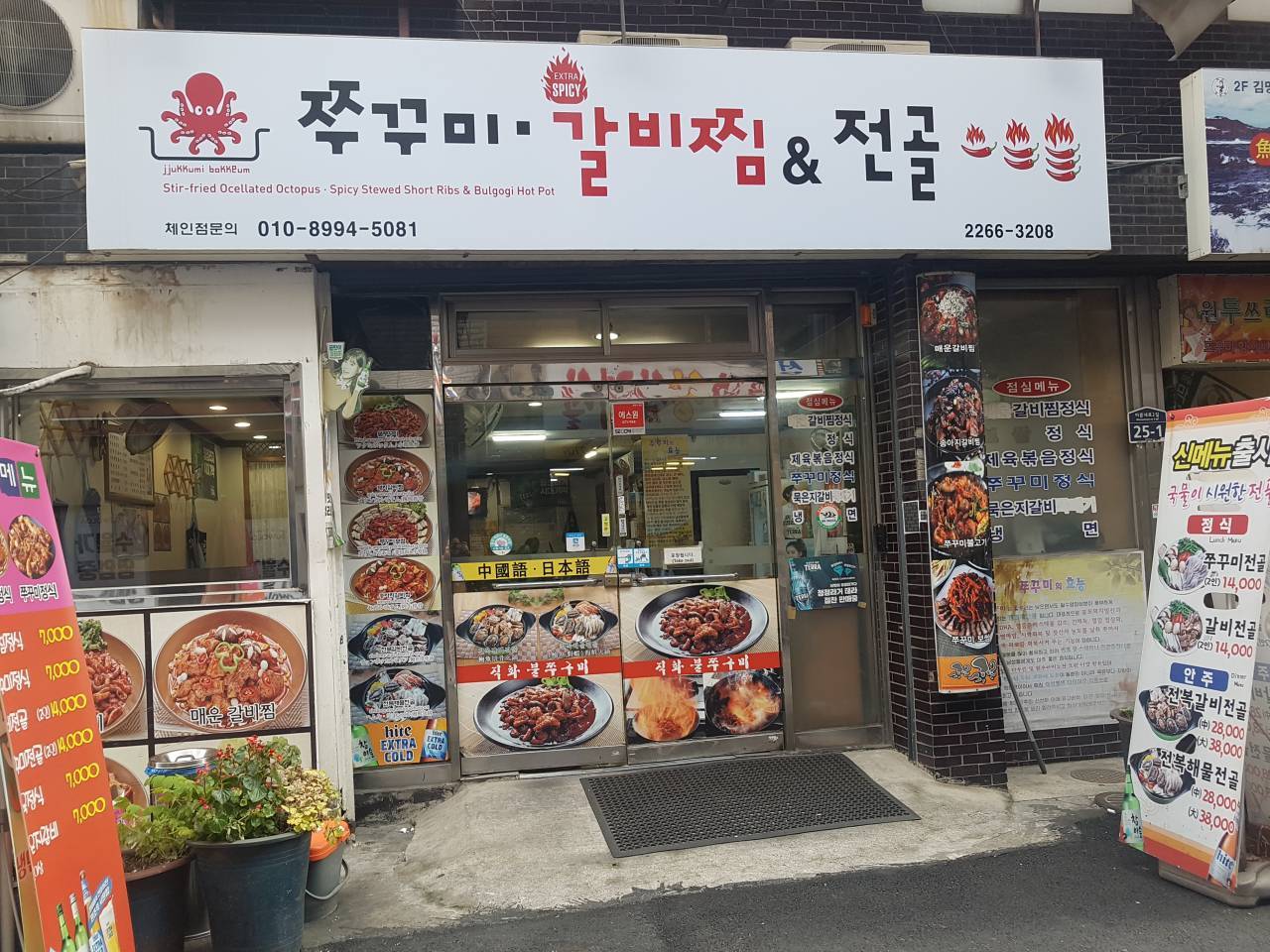
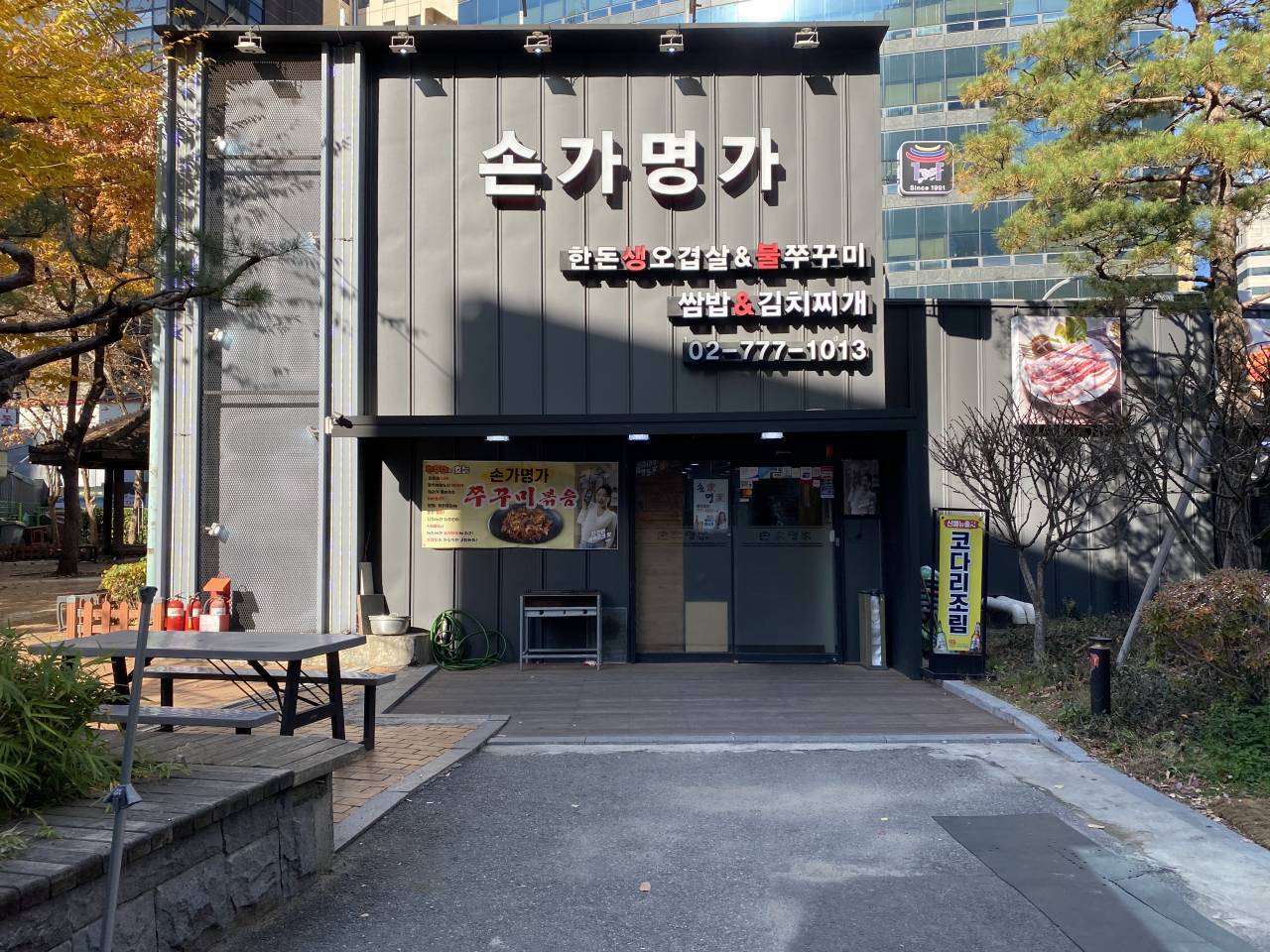
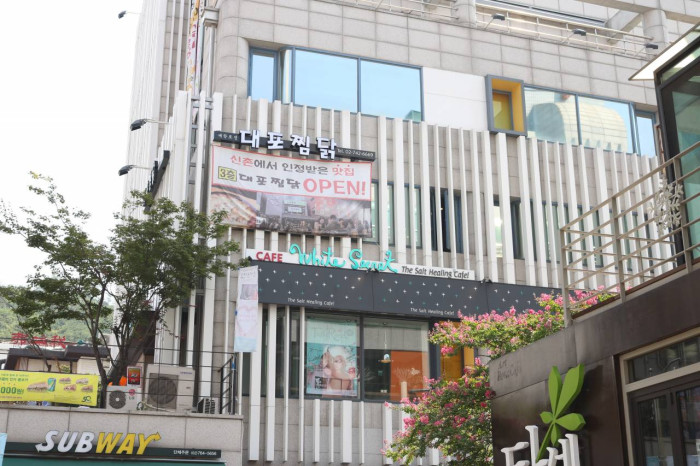
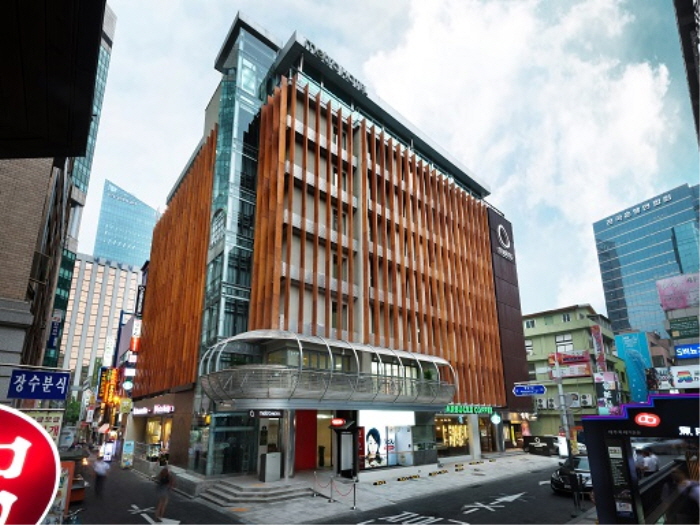
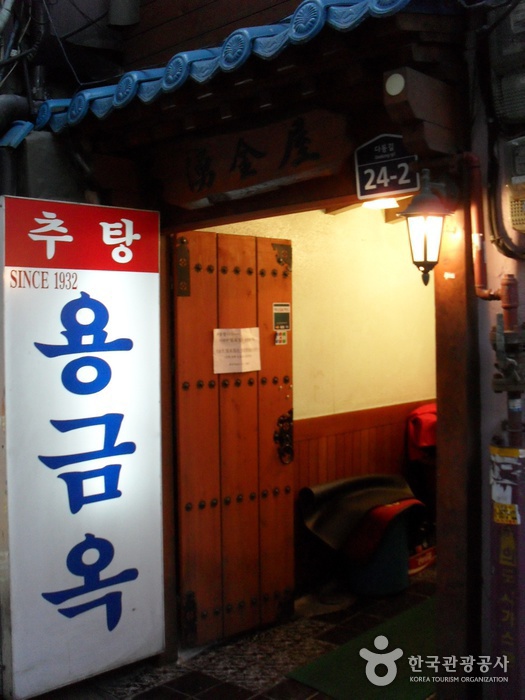
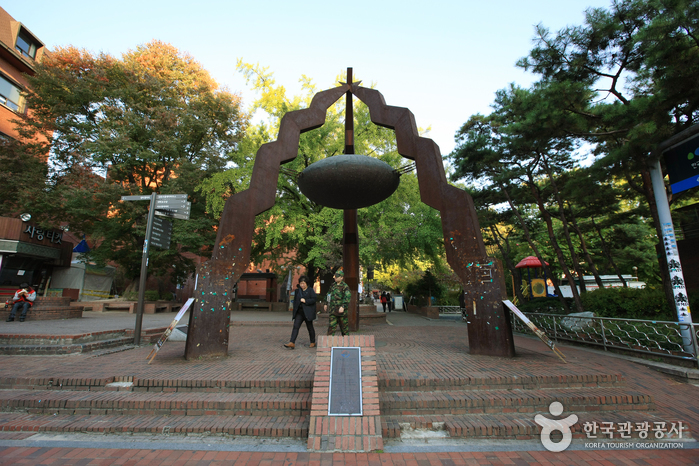
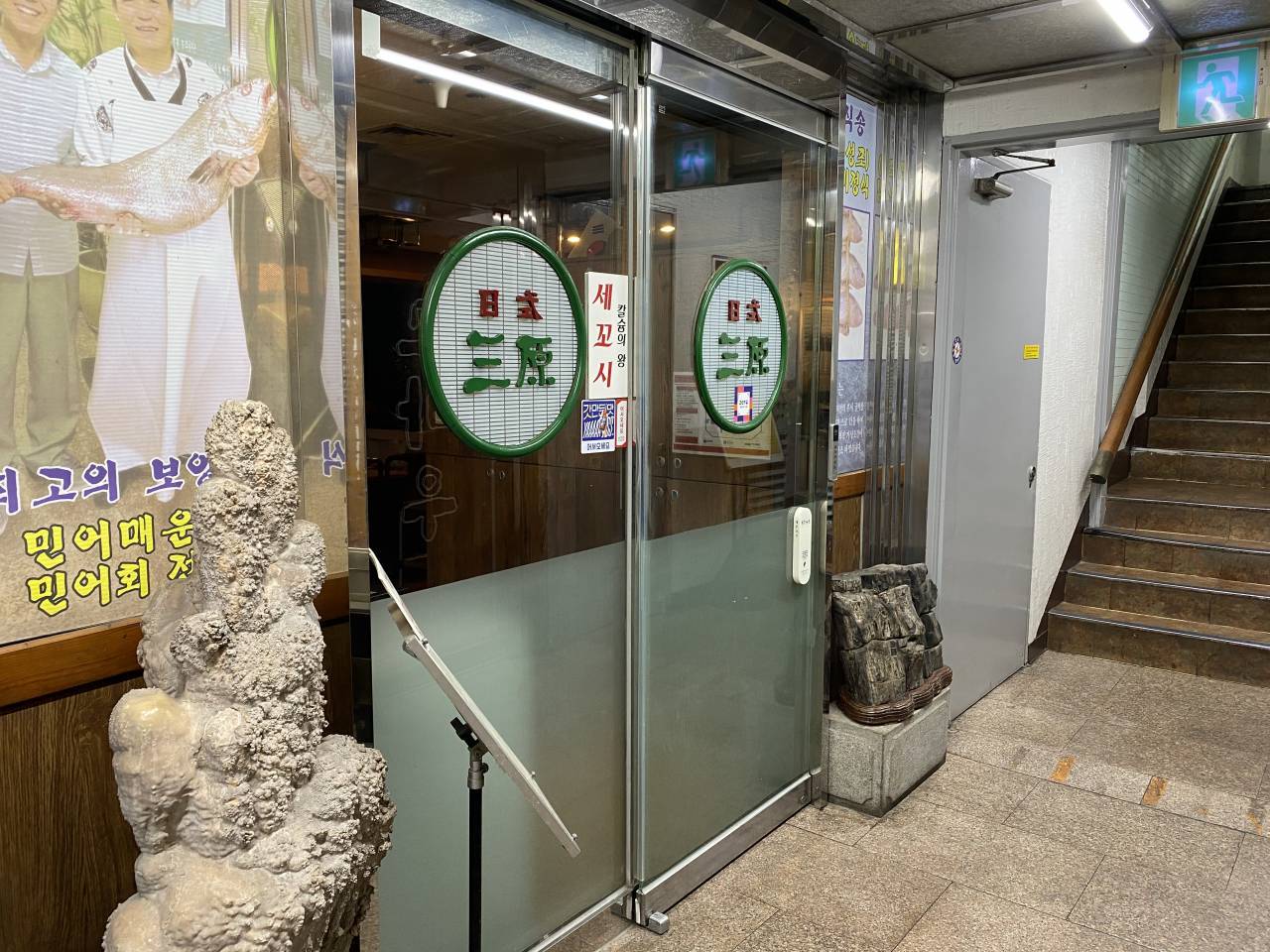
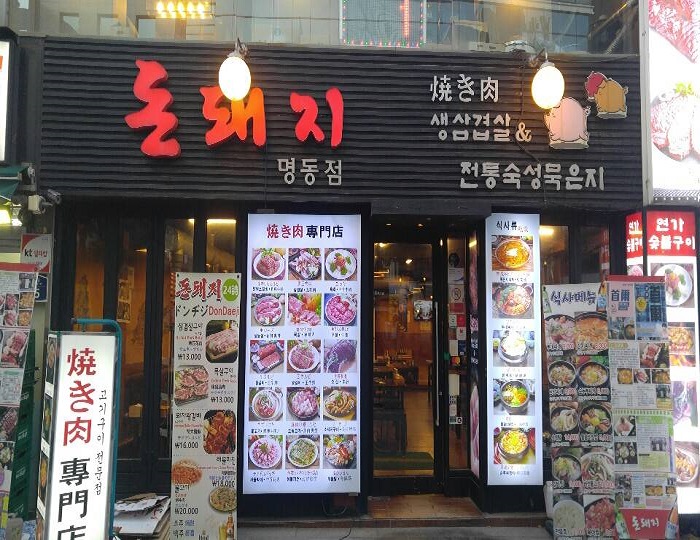
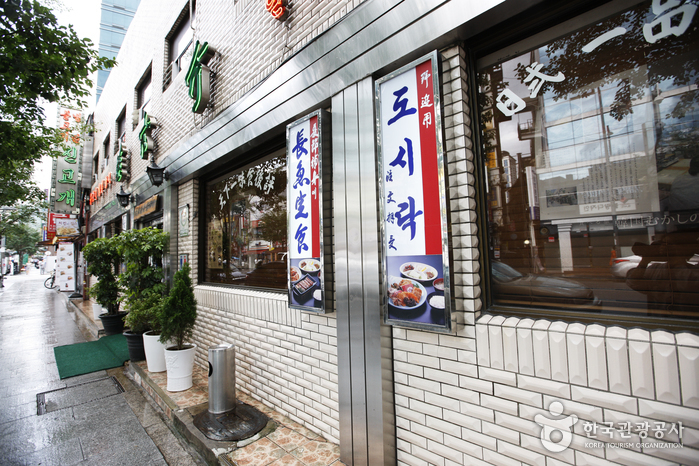
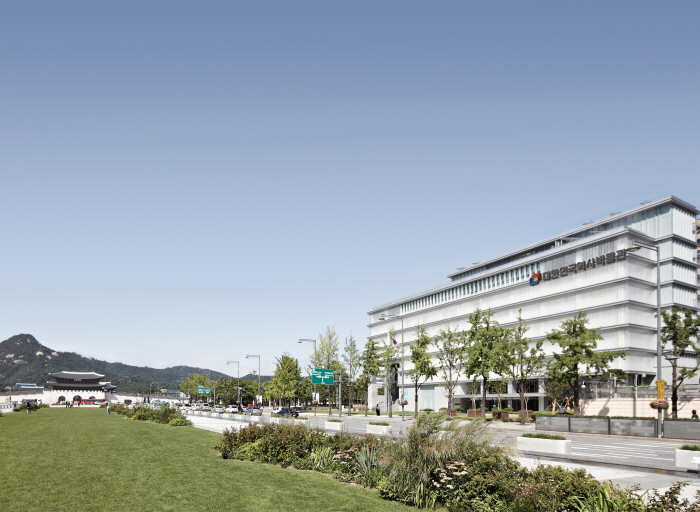
 Español
Español
 한국어
한국어 English
English 日本語
日本語 中文(简体)
中文(简体) Deutsch
Deutsch Français
Français Русский
Русский